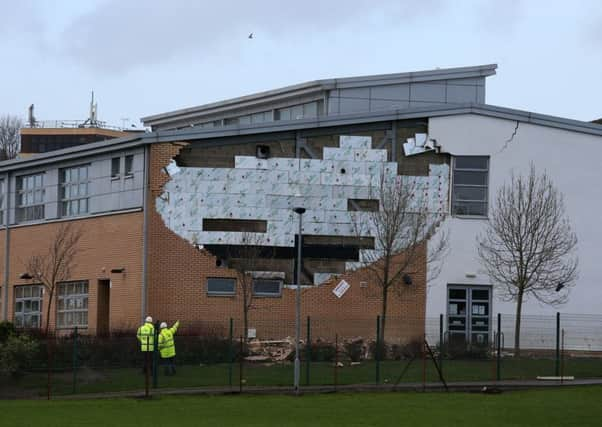Expert warns of lethal flaws in Scottish public buildings


Neil Baxter, the RIAS chief executive, said a lax attitude to quality and safety, as contractors and developers pursued the highest profit, meant that too often buildings were not safe.
His warning comes after a report into the structural failings of 17 Edinburgh schools highlighted problems that could be replicated in publicly-funded developments across the country.
Advertisement
Hide AdAdvertisement
Hide AdHe said: “If we don’t act on this report, there is a good chance people will die.”
Last week’s 260-page study into the Edinburgh schools crisis, when 17 schools had to close, found that inadequate quality supervision on site allowed bricklayers to leave out basic structural units such as wall ties. This was because their inclusion would slow construction down and reduce the contractor’s profitability.
The failings resulted in the collapse of a wall at Oxgangs Primary, with no deaths only because of “timing and luck” according to the report’s author, John Cole.
Similar issues were later found at all the other Edinburgh schools built under PPP (Public Private Partnership) agreements, as well as at schools in Stirlingshire, Glasgow and Lanarkshire.
Mr Baxter added: “In contracts where there is too much emphasis on cost saving, there have been a number of occasions when architects have reported concerns relating to specific building safety and building quality issues.
“The system effectively builds in a conflict of interest: the contractor has an interest in terms of ensuring his shareholders are well served by profit, so he minimises cost. This may well be against the long-term interest of the client, the public, the users. This is simply not the best system.”